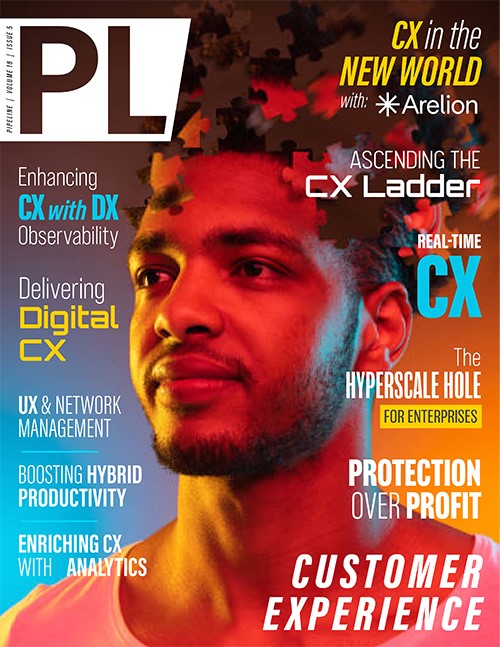Enhancing CX with Digital Experience Observability
Providing enhanced digital experience observability services either to the consumer or to the enterprise is an immediate way to drive additional value and improve the customer experience. Developing a competency to support these complex digital interactions, however, is even more critical as we move slightly forward into the future of multi-access edge compute (MEC). While CDN vendors currently provide not only edge caching but also edge compute, MEC will drive many interesting use cases. And as before, the use cases are driven by advances in technology: interactive technologies like Augmented Reality (AR) and Virtual Reality (VR) as well as Internet of Things (IoT). In fact, some of the MEC use cases are quite simple. Instead of hosting servers in a business facility where physical security is an issue, the compute can be located at the access edge, affording excellent performance. Multiple businesses within the local market, such as a chain of gas stations, can leverage the same MEC facilities, further optimizing costs. Human-to-human digital interaction both as an employee and as a consumer are interesting use cases; however, what about machine to machine? As we saw with employees working from home, they stopped complaining about IT issues, and simply waited for the issues to resolve themselves. Machines are far less likely to complain than humans.
Additionally, services such as Network Time Protocol (NTP) are critical for many IoT applications, as is Domain Name Service (DNS). What happens when these services are not available and the IoT devices experience time drift? Potentially it is the equivalent of workers going on strike: they may stop working. Or perhaps DNS directs IoT devices to communicate inefficiently. One of the compelling requirements for MEC is as a locally available, low latency compute resource. A simple DNS misconfiguration could completely cripple the application. These services I’ve mentioned represent a small number of services that comprise the Digital Delivery Chain.
Even more interesting are the applications themselves that reside on the MEC platforms. These applications are containerized and are often multi-tier applications in which one component (container) of the application communicates with another. This is accomplished via a standard set of application programming interfaces (APIs). It is possible to exercise all aspects of the application by simply leveraging a proactive observability node to continually test the API. This can be accomplished throughout the entire lifecycle of the application, including during development testing (devtest) in pre-production. MEC is further complicated, as the compute itself is often provided by a CSP partner such as a hyperscaler, whereas the network in front of and behind the MEC is provided by the CSP. Additionally, it is likely that some of the services that comprise the Digital Delivery Chain are provided by the CSP (NTP and DNS) while other services are provided by the hyperscaler. With these complex applications and architectures oftentimes supporting time-sensitive and perhaps mission-critical use cases, it is imperative that a comprehensive digital experience observability solution is offered.
Delivering exceptional digital interactions
The past several years have changed so many behaviors, from how and where we work to how we shop, learn and much more. The investments the CSPs have made in infrastructure over the past decade allowed these changes to occur with minimal disruption. Competition in the access network is increasing and will continue to do so. Applications will become ever more complex as new smart city, AR and VR, and other MEC and IoT use cases are deployed. Cloud architectures are now multi-tier and the relationship between partners is central to delivering comprehensive solutions to customers.
CSPs concerned about enhancing customer experience and providing increased value will embrace the opportunity to offer a digital experience observability solution. Starting with focused offerings that allow customers to help themselves, the CSP will continue to build competency in delivering exceptional digital interactions. This is critically important as the pandemic accelerated the makings of a digital society. While none of us want all our interactions to be digital, when we do engage digitally, we want the experience to be exceptional.



















